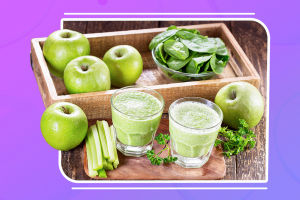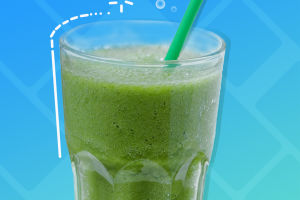Pineapple is rich in nutrients, and its components include sugar, protein, fat, vitamin A, protease, calcium, phosphorus, iron, organic acid, niacin, etc., of which vitamin C has the highest content. Native to the tropical regions of America, it is one of the famous tropical fruits.
Eating pineapple can increase the body's resistance to viruses, mainly because pineapple contains a lot of bromelain, which helps strengthen the immune system.
How to eat pineapple.
Soak in salt water before eating. Salt water can destroy the allergenic structure of "pineapple glutenase", which can avoid the occurrence of allergic accidents and make the taste of pineapple appear sweeter.
Do not eat on an empty stomach, it will hurt the stomach, be careful there will be severe stomach pain. Don't eat too much at one time.
Pineapple cannot be eaten at one time, and it is perishable in storage. How to store uneaten pineapple?
Store unpeeled pineapples in a cool place. Cover the peeled pineapple with plastic wrap and store in the refrigerator.
If you like eating pineapple, would you pick it?
1. Look at the leaves of the pineapple.
In general, the longer the pineapple leaves, the sweeter the pineapple pulp; the shorter the leaves, the less flavorful. Try checking the leaves to see if they fall off easily.
If it falls off easily, it means that it has been stored for a long time and is not very fresh.
2. Observe the peel.
There are usually many raised "fruit eyes" on the pineapple skin. If it looks bushy, it means not enough sunlight. Such pineapples are generally not good.
The bigger the fruit eyes, the more ripe the pineapple is, the more water the pineapple has, and the sweeter it tastes.
3. Look at the appearance and shape.
Good quality pineapple fruits are cylindrical or oval in shape.
If the shapes are the same, you should choose the rounder and thicker one. Don't choose the long one. Shorter pineapples are sweeter and have more flesh. Fuller and more mature.
4. Smell.
If the aroma is strong, it is a ripe pineapple. If there is no aroma, the pineapple is not ripe or of poor quality.
5. Touch the surface hardness.
Gently press the pineapple with your fingers, the hard and inelastic is the raw pineapple.
Slightly elastic is more mature; if it is crushed and collapsed, it is overripe. Spilled juice indicates that the fruit has spoiled and cannot be purchased.
6. Look at the pineapple core.
There is a core in the middle of the bottom of the pineapple. When picking, look carefully at the bottom of the pineapple. The core is smaller, which means the fruit has more flesh and is sweeter.
Have you mastered these skills about pineapple?


